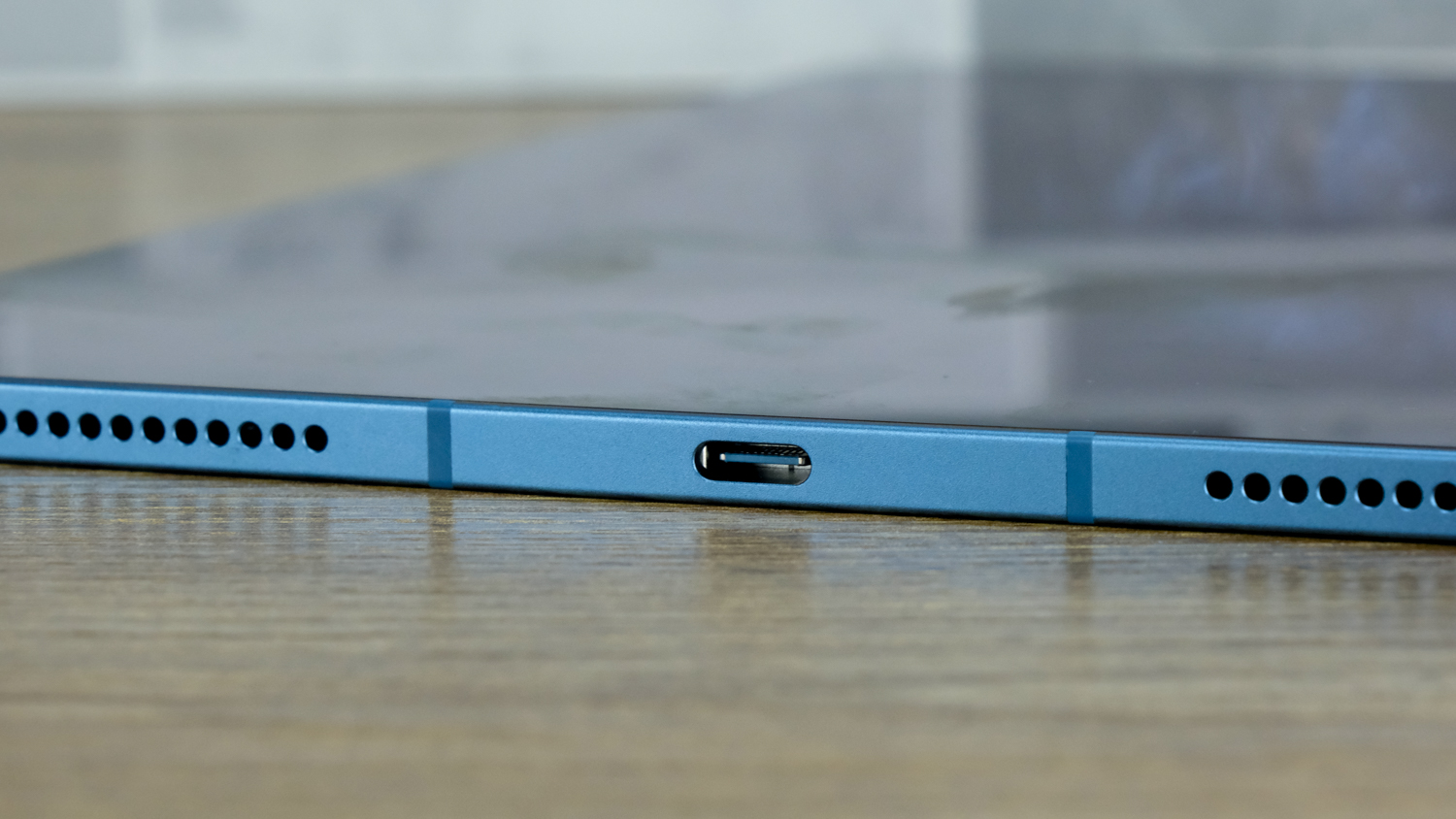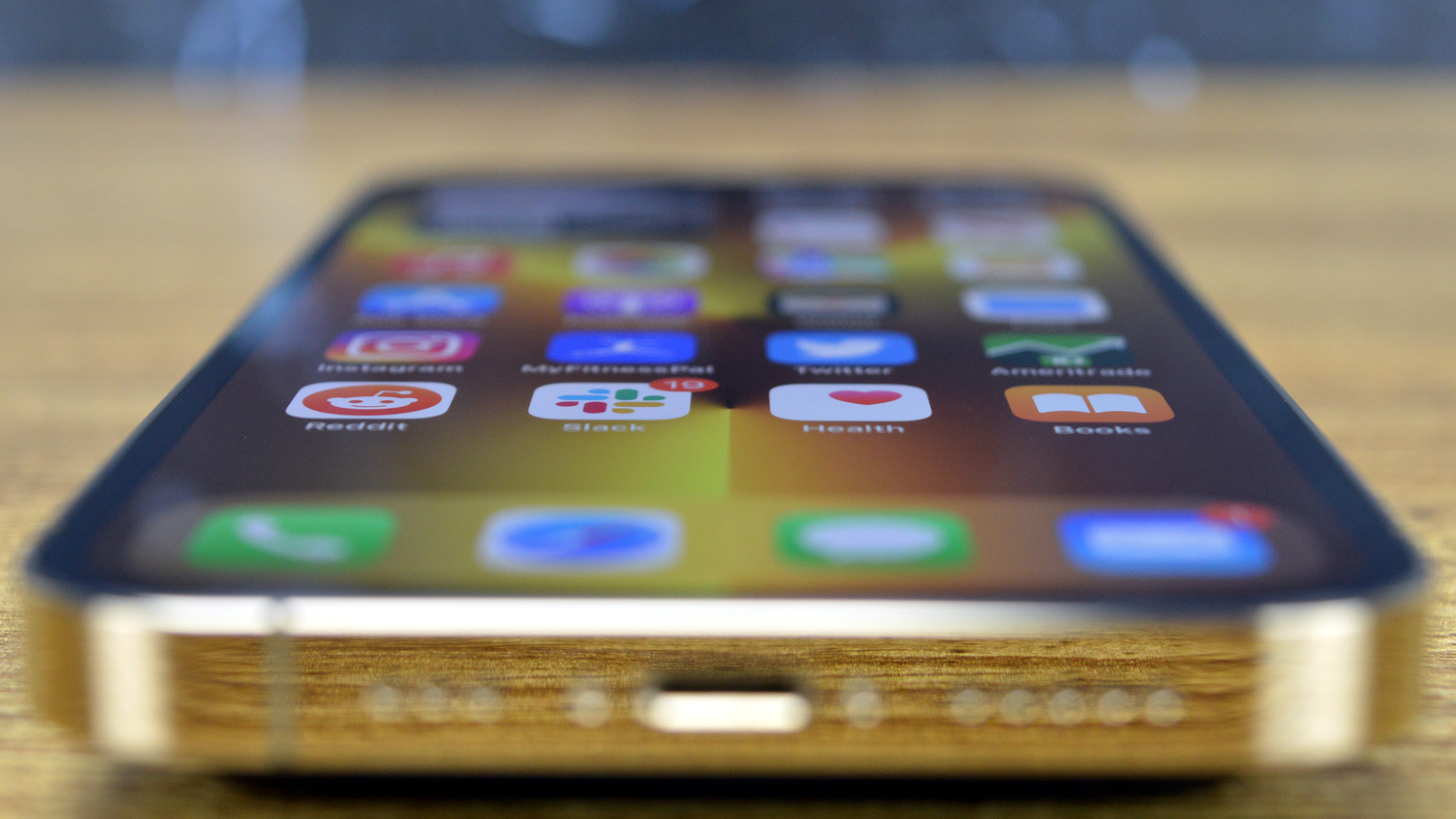USB-C on iPhone will be a game-changer, but don’t get your hopes up for faster charging speeds
The iPhone 15 should be the first iPhone series to feature a USB-C port instead of Apple’s proprietary Lightning port. It’s a change that iPhone users have been requesting for years, as USB-C charges faster than Lightning. That’s one potential benefit of USB-C on iPhone, but you shouldn’t get your hopes up. What you should be excited about are two other USB-C perks.
The new charging cable will deliver better data speeds for wired connectivity and improve your overall electronics experience.
Why USB-C won’t necessarily boost battery charging speeds on iPhone
The iPhone 13 and iPhone 14 support a theoretical maximum charging rate of 20W over a USB-C-to-Lightning cable.
In practice, the phones exceed that speed, hitting almost 30W with the right chargers. The point here is that any USB-C power adaptor that supports at least 30W will improve the battery charging speed of iPhones.

Add USB-C-to-USB-C into the picture, and the iPhones could get faster battery charging speeds. A move to 30W wouldn’t be surprising from Apple, considering that the current models can almost reach it via Lightning. But don’t expect Apple to match the breakneck speeds that some Android handsets support.
Unless Apple has figured out to preserve the battery health while pushing current at 100W over a USB-C cable to the iPhone, you won’t see it happen soon. Battery life is one of the most important features of an iPhone, especially devices that last three to four years.
Faster transfer speeds
On the other hand, faster data transfer speed is a perk USB-C iPhones will get. Just like the iPads did beforehand.
Apple first put the USB-C connector on the iPad Pro to improve data transfer speeds and make it easier for users to connect to different accessories. But Apple sold the iPad Pro as a computer replacement. Therefore, the device needed to easily connect to monitors, cameras, storage solutions, and other accessories. Lighting was a limitation.

Here’s how Apple described the USB-C port’s “new power and possibilities” in October 2018 when announcing the first iPad Pro with a USB-C port:
A new USB-C connector replaces the Lightning connector in support of the powerful ways iPad Pro is used. Incredibly versatile, USB-C offers power for charging, supports USB 3.1 Gen 2 for high-bandwidth data transfers up to twice the speed to and from cameras and musical instruments, and drives external displays up to 5K. With USB-C, iPad Pro can even be used to charge an iPhone.
You won’t want to hook up your iPhone 15 Pro of the future to an external monitor. But the improved data transfer speed that comes with the new port will surely improve a particular type of data transfer.
If you’re a person who shoots many high-resolution photos and 4K videos on the iPhone, you will want USB-C speeds to offload those files quickly. And Lightning can’t match what USB-C can do.
Even if you rarely use the wired connection of the iPhone, there’s another instance where USB-C speeds will pay off. Backing up an iPhone with a USB-C port to a computer should be faster than Lighting.
Convenience and the environment
There’s one more big reason to appreciate the iPhone’s switch to USB-C, especially if you’re a professional traveling with many gadgets. With the iPhone on USB-C, Apple’s entire ecosystem of computers can be recharged with the same charger and cable.
If you have a MacBook, iPad, or iPhone, you won’t need to make sure you pack the correct cable. You’ll have a USB-C-to-USB-C cable on hand that will work with your largest charger — the MacBook’s. That’s all you need to recharge everything.

Even if you’re mixing and matching Windows and Android devices with iPhone, the switch to USB-C means you can leave a cable behind. Sure, Apple’s AirPods and other iPhone accessories come with Lightning ports for now. But Apple will move them to USB-C as well.
In the process, you get to help save the planet too. Fewer cables means less waste. It won’t happen immediately. And the switch to USB-C might generate Lightning cables waste initially. But it should pay off in the long run while improving your overall iPhone experience.
More Apple coverage: Check out the best Apple deals online right now.
For all the latest Technology News Click Here
For the latest news and updates, follow us on Google News.

